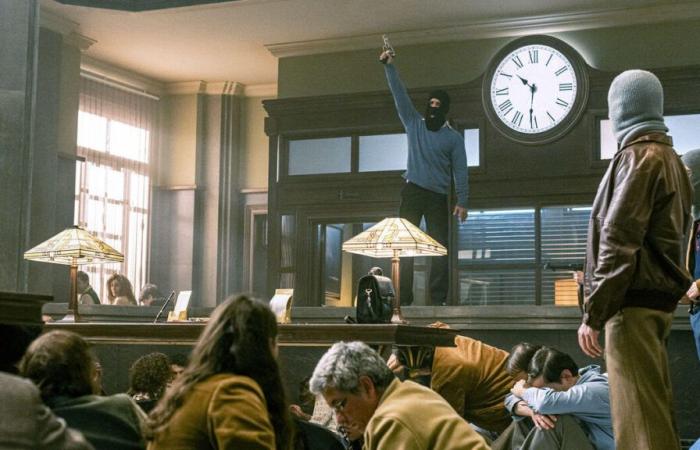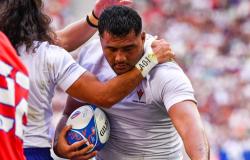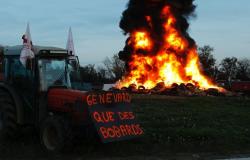Spanish robbers on Netflix, the plot seems familiar. However, the mini-series “Operation Banco Central” put online since Friday November 8 has nothing to do with “Casa de Papel”. This is a series inspired by real events, revisiting the robbery of the Central Bank of Barcelona in May 1981. Three months after a failed coup attempt in February of the same year, a group of Armed men took around 300 people hostage in this building, a bargaining chip to demand the release of those responsible for the aborted putsch.
Over the course of five episodes, the Iberian production follows the events within the bank, as well as the investigation carried out by two journalists. The duo is played by two actors already seen in “La Casa de Papel”: the young Maria Pedraza who previously played one of the hostages, here plays an ambitious reporter who is starting her career.
She is accompanied by Hovik Keuchkerian (the Bogota robber in Netflix's first spectacular Spanish series, since seen again in the film “The Platform 2”), an alcoholic photographer. As for Miguel Herran, who played Rio in “La Casa”, he is once again on the side of the criminals, here in the shoes of the gang leader nicknamed Number 1.
If the hostage-taking itself has the air of déjà vu in many fictions of the genre, “Operation Banco Central” arouses more interest in the picture it paints of a Spanish society in full reconstruction in the years following the fall of the Franco regime.
Rivalries between different authorities and political movements are present in the intrigue which goes far beyond the walls of the Central Bank. She even interferes in French territory thanks to flashbacks showing a series of robberies and attacks in the Perpignan region, committed by the anarchist José Juan Martínez Gómez (here played by Miguel Herran).
This is the version of this criminal which is given in the mini-series “Operation Banco Central” concerning the real reasons which pushed him to commit this spectacular heist. Different from the official version, the fiction insists that it has never been proven. It's up to the spectators to form their own opinion on the matter.






